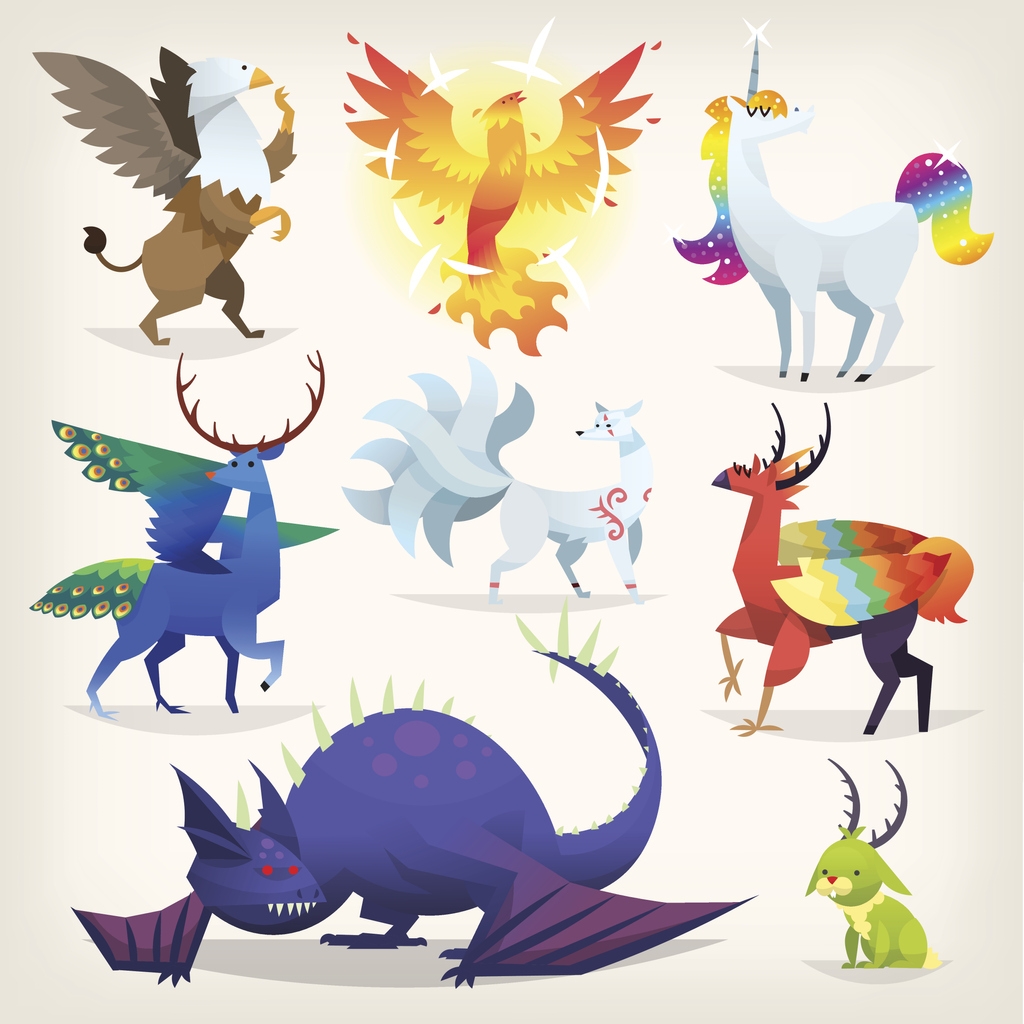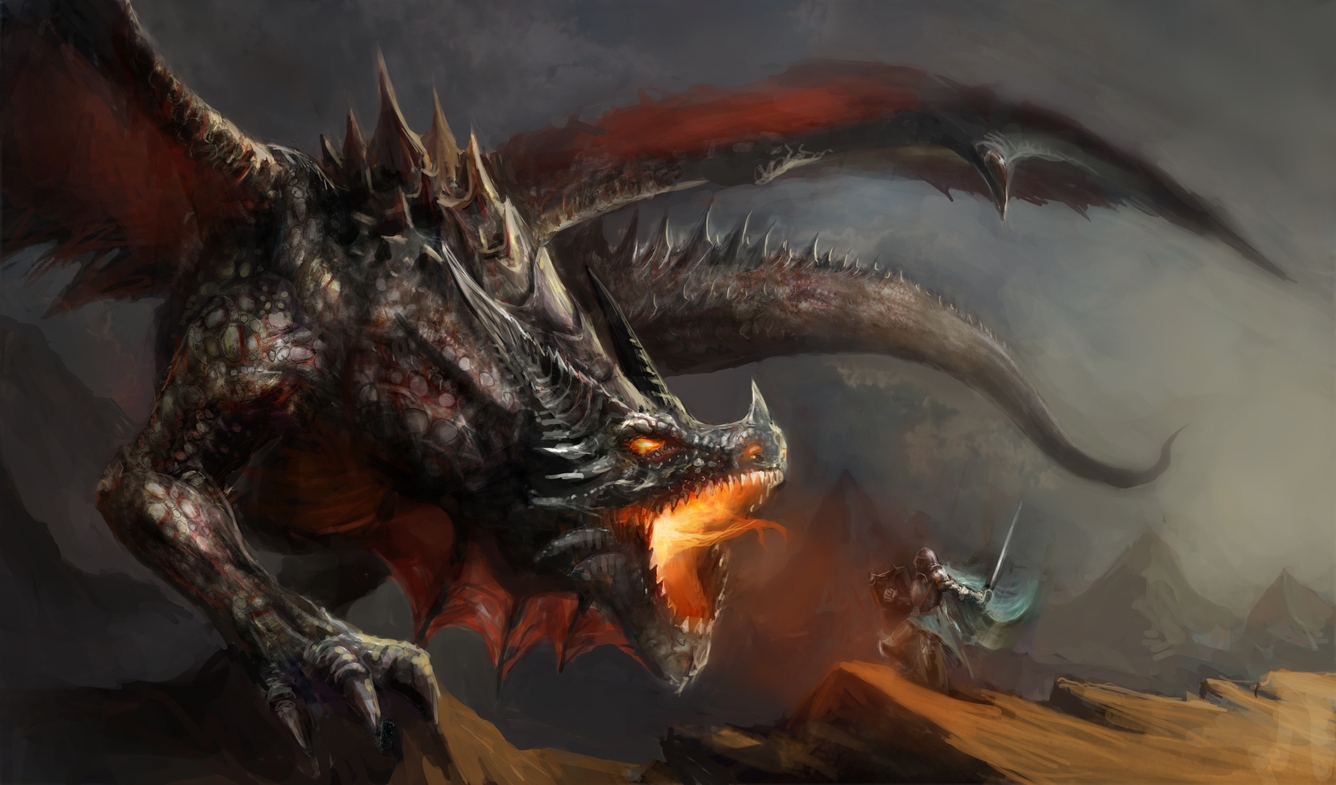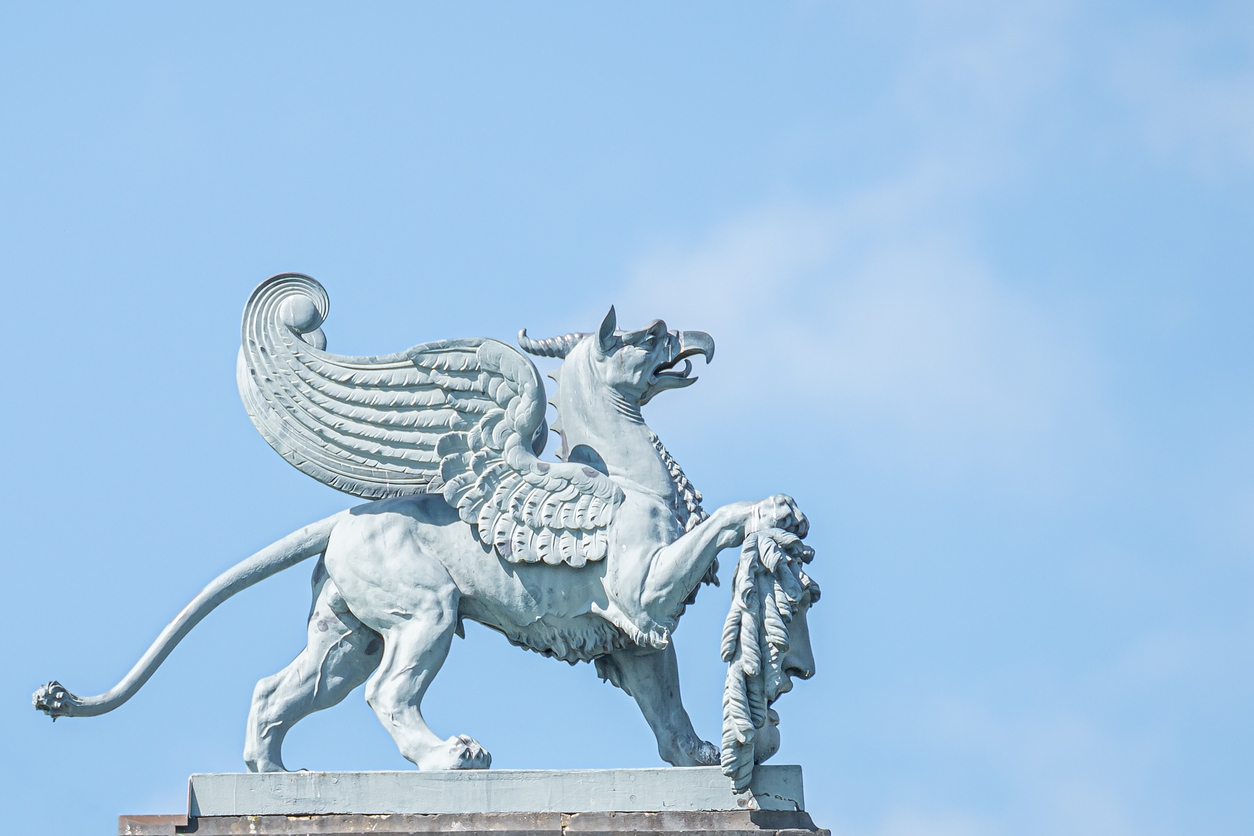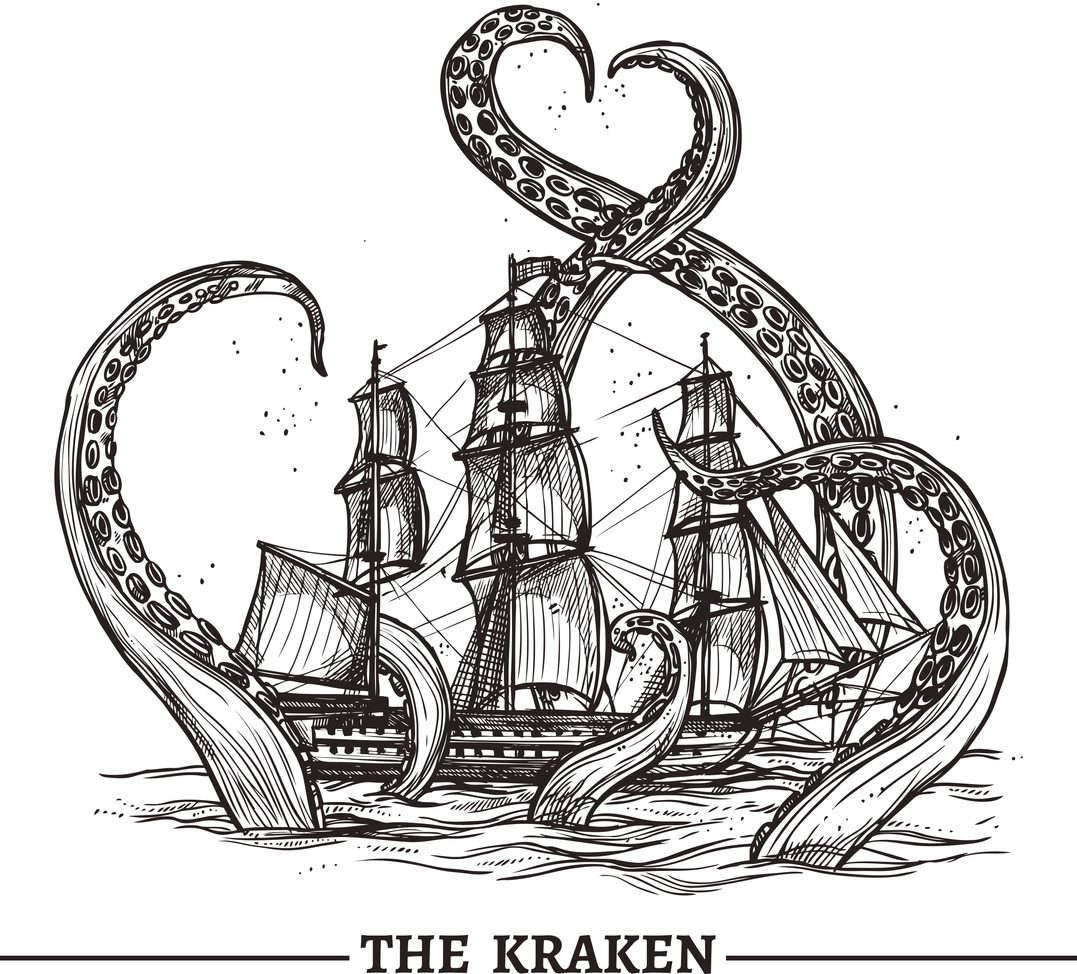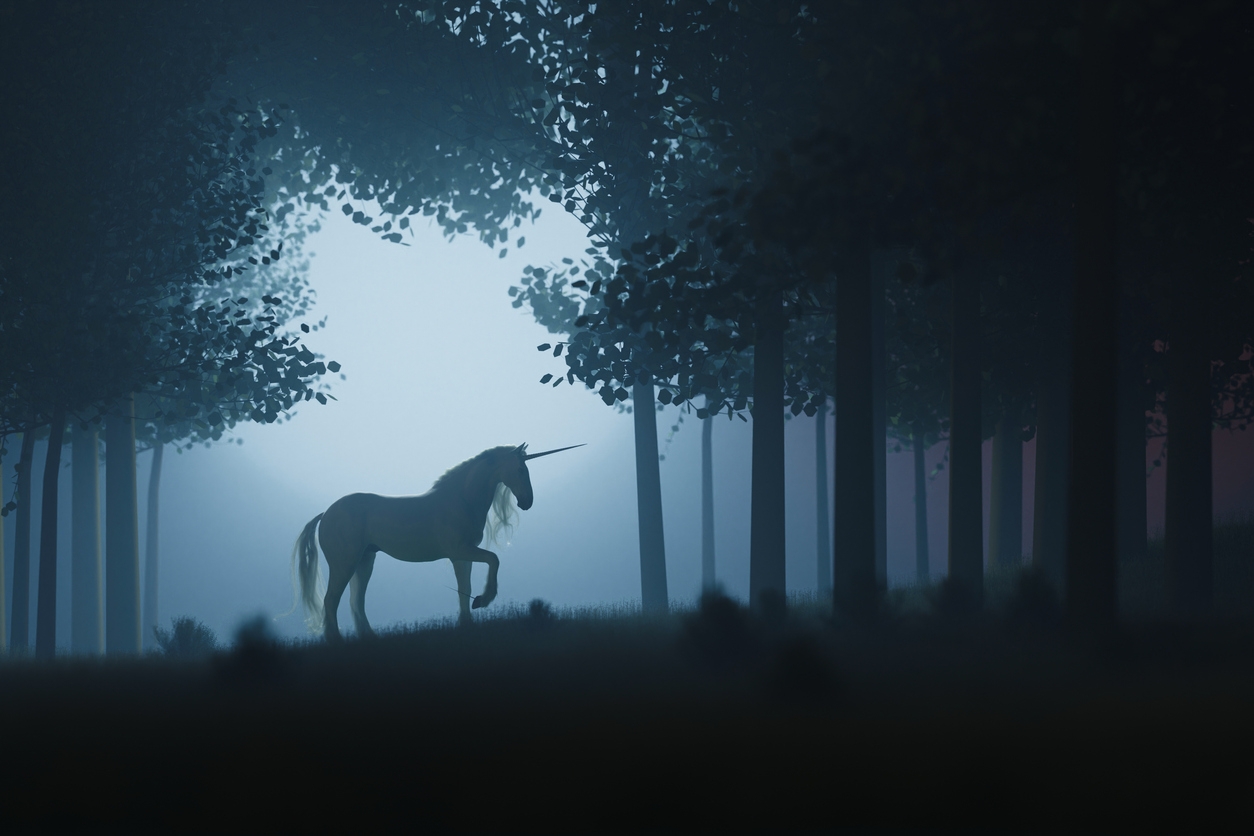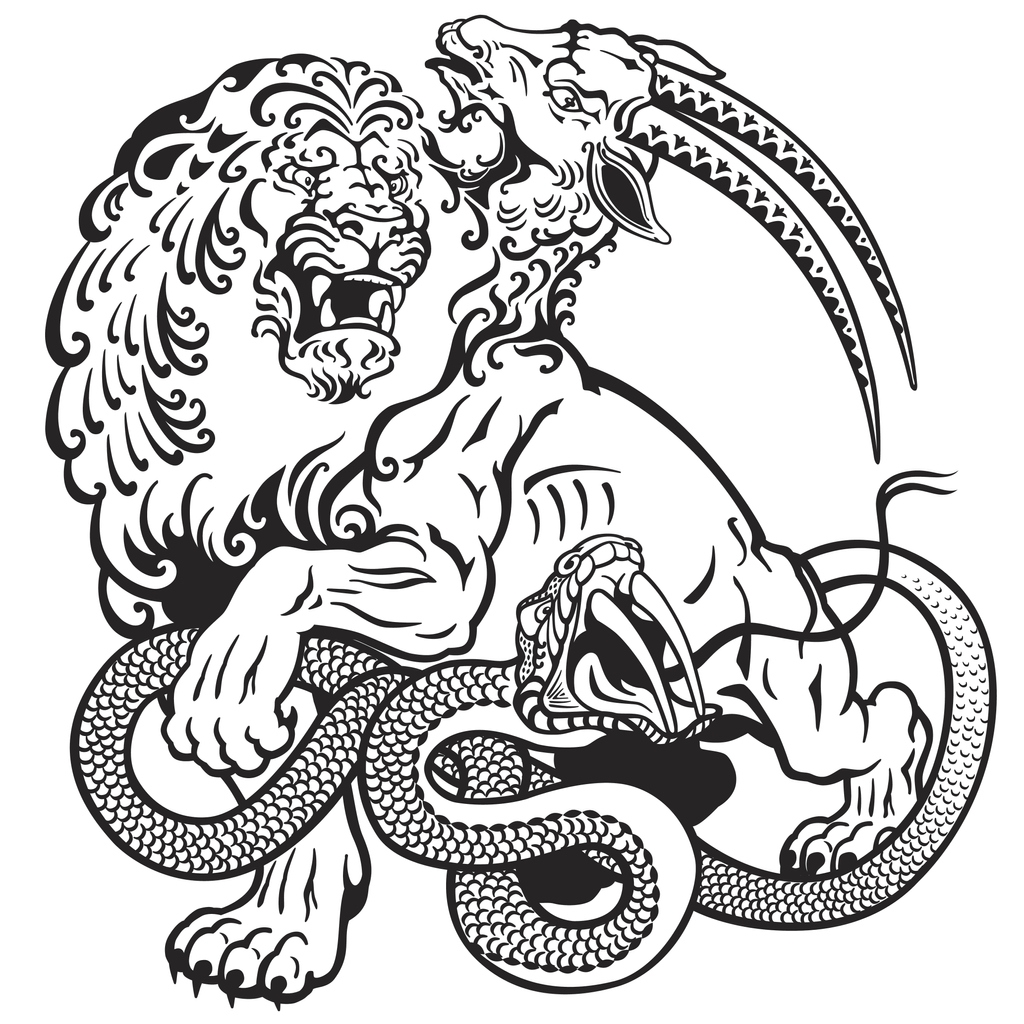The world of mythical beasts ignites our imaginations and beckons us to explore the depths of human creativity. Creatures like dragons, griffins, and krakens have held a special place in our cultural heritage for centuries, their significance reaching far beyond mere legend. These mystical beings are more than fantastical entities, they are symbolic embodiments of our collective fears, dreams, and values. They leave their mark in the ancient texts etched in stone, in the pages of manuscripts, and in the spoken stories that have been passed down through generations.
In this post we bridge the gap between reality and the extraordinary to uncover layers that make them more than just legends. More than mere tales, these enchanting beings are the threads that weave through the rich tapestry of our cultural and historical heritage. Have a look!
The Cultural Tapestry of Mythical Beasts
Across the tapestry of human culture, a myriad of mythical creatures has sprung forth, each uniquely crafted by diverse societies and imbued with cultural significance. These beings, often embedded in folklore, religion, and tradition, serve as vital threads in the rich fabric of cultural identity. [1]
How Various Cultures Have Crafted Their Own Mythical Creatures
From the sinuous dragons of China to the feathered serpents of Mesoamerica, cultures around the world have woven intricate stories and myths around these fantastical beings.
| Mythical Creature | Associated with | Description |
| Dragons | Asia and Europe | Symbols of power, wisdom, and strength. These serpentine beings are protectors, associated with emperors and revered for their auspicious qualities. |
| Griffins | Europe | Noble creatures with the body of a lion and the head of an eagle. These majestic hybrids guard treasures and are symbols of valor. |
| Krakens | Scandinavian Lore | Kraken emerged as a colossal sea monster, lurking in the depths of the northern seas. It became a fearsome part of Scandinavian seafaring legends. |
| Unicorns | West | Unicorns are a symbol of purity and grace. These ethereal equine beings appear in numerous works of art, literature, and heraldic emblems. |
| Chimeras | Greek Mythology | Ancient Greece gave us chimeras, mythical mash-ups with various animal parts. They symbolize the fusion of diverse elements and challenges to be overcome. |
Role of Mythical Creatures
Folklore
They feature prominently in folktales and legends, often imparting moral lessons and wisdom. They serve as guardians, protectors, or symbols of power, embodying both the aspirations and fears of a society.
Religion
Some creatures hold sacred significance, serving as guardians or manifestations of divine entities. They are central figures in religious narratives, with their tales carrying spiritual and moral teachings.
Tradition
Ceremonies and rituals incorporate these beings, connecting them to cultural practices and celebrations. They have become iconic symbols and sources of cultural pride, their presence woven into everyday life, festivals, and traditions.
The diversity of these creatures in worldwide cultures is a testament to the enduring power of the human imagination. Each mythical being, in its own way, contributes to the rich mosaic of human storytelling and beliefs. Whether they are fearsome dragons, majestic griffins, or enchanting unicorns, their influence is felt far beyond the realm of stories.
Dragons: Guardians and Adversaries
The realm of dragons is as multifaceted as the shimmering scales that adorn these mythical creatures. Across the rich tapestry of world mythology, they don various roles, each with its own unique charm and significance. The origins of dragons are not merely figments of imagination rather they transcend as complex entities woven into the very heart of diverse cultures.
Dragons in Different Cultures
Dragons are not confined to the boundaries of a single culture; they are ubiquitous in stories that traverse continents and epochs. In China, the Lung, or Chinese dragon, is revered as a symbol of imperial authority, luck, and benevolence. These serpentine beings are known for their guardianship over celestial realms, temples, and sacred places. In contrast, the fire-breathing dragons of Western tales often take on the role of adversaries, challenging valiant heroes in epic confrontations.
| Culture | Representation of Dragons |
| Chinese | Benevolent creatures symbolizing luck, power, and benevolence. Often associated with imperial authority. |
| Western | Often depicted as fierce adversaries, challenging heroes in epic battles. Representing danger and heroism. |
| Indian | Serpent-like beings, with both malevolent and benevolent aspects. Signifying cosmic balance and duality. |
| Japanese | Associated with water deities and protectors of sea travelers. Known for their reverence in Japanese culture. |
| European | Varied depictions, from fire-breathing monsters to guardians of treasures and wisdom. Signifying duality. |
| Indigenous | Represented uniquely in various indigenous mythologies. Symbolizing diverse elements of nature, spirits, or heroes. |
Beyond Asia and Europe, dragons manifest themselves in indigenous mythologies worldwide. [2] These cultures imbue dragons with unique traits and symbolism, shaping narratives that reflect their values, fears, and aspirations.
Roles of Dragons
The multifaceted representation of dragons across different cultures reflects their enduring allure and cultural significance. [3] These creatures are more than mere fantastical entities; they are vessels of meaning, embodying the values and narratives of diverse societies.
Protectors
In many Asian cultures, dragons are revered as benevolent protectors. They are believed to safeguard treasures, villages, and key landmarks. The Chinese dragon, in particular, symbolizes power, luck, and kindness. This role as a guardian reinforces the idea of dragons as beings of protection and beneficence.
Villains
Contrary to their protective role, dragons are cast as malevolent adversaries in numerous tales. They often challenge heroic figures, and these confrontations highlight the hero’s courage and determination. The triumph over a fearsome dragon symbolizes the victory of good over evil, courage over fear.
Symbols
Beyond their presence in myths and legends, dragons transcend into the realm of symbolism. They embody qualities such as strength, wisdom, and power, becoming emblems of imperial authority in various cultures. [4] Noble families adopt dragons as heraldic symbols, further solidifying their significance in societal hierarchies.
Griffins: Majestic Hybrid Guardians
In the world of mythical creatures, the griffin stands as a majestic hybrid, possessing attributes of both an eagle and a lion. This creature has held a unique role in ancient lore, serving as a protector with unparalleled loyalty. [5]
The griffin is a creature that merges the magnificence of an eagle with the regal strength of a lion. Its form is a blend of an eagle’s wings, sharp beak, and powerful talons combined with the robust body of a lion. This unique fusion creates a symbol of great strength, agility, and grace.
Roles of Griffins as Protectors in Ancient Lore
In the annals of ancient civilizations, the griffin was venerated for its reputation as a guardian of treasures and prized possessions. These creatures were believed to possess extraordinary senses, including the eagle’s keen sight and the lion’s physical prowess. Their combined attributes made them exceptional protectors. [6]
Griffins often found their place at the entrances of temples, palaces, and treasuries, where they symbolized more than just physical safeguarding. They represented the protection of that which was most valuable to human societies, be it material wealth, sacred relics, or the sanctity of places. The loyalty and vigilance of griffins made them a potent emblem of protection, ensuring the preservation of what was deemed precious.
Kraken: The Enigmatic Sea Monster
Beneath the vast expanse of the world’s oceans, maritime myths tell of the monstrous kraken, a creature of enigmatic proportions. These colossal sea monsters have cast their influence over the intricate web of nautical folklore.
| Characteristic | Description |
| Origins | Scandinavian folklore and nautical legends |
| Appearance | Colossal sea monster with tentacles that can reach to the surface. |
| Behavior | Known for attacking and capsizing ships, often associated with whirlpools and treacherous seas. |
| Symbolism | Symbolizes the unpredictable and fearsome nature of the deep sea. A warning of maritime perils and the unknown. |
| Cultural Impact | Inspires nautical folklore, appearing in stories and art throughout history. |
Maritime Myths and the Monstrous Kraken
The kraken finds its origins in maritime lore. It is described as a monstrous behemoth that lurks in the ocean’s depths. Dwelling in the abyssal realms, it only ascends to the surface when it chooses to, sometimes only to wreak havoc on sailors and their vessels. With huge tentacles that can reach to the skies, the kraken’s sheer size and power have made it a central figure in seafaring legends. It embodies the archetype of the ultimate sea monster. [7] The kraken’s very presence strikes awe and fear into the hearts of those who hear of it.
Kraken in Nautical Folklore
Throughout history, the kraken has been a source of both fear and fascination among sailors. [8] Tales of encounters with these sea monsters have shaped nautical folklore, often serving as a warning of the perils of the deep. The kraken’s influence can be seen in stories, poems, and artwork, reflecting the enduring impression it has left on the maritime world’s collective imagination.
Unicorns: Elegance and Enigma
In the realm of mythology, unicorns stand as enigmatic beings, captivating our imaginations with their elegance. Celebrated for their purity and grace, these gentle creatures carry profound symbolism and continue to captivate human fascination. The world of unicorns has been a source of fascination, manifesting itself in various forms of art, literature, and culture.
The Enigmatic Allure of Unicorns in Mythology
Unicorns are mythical creatures known for their single horn, often depicted as a symbol of grace and purity. While they lack a physical presence in the natural world, they hold a significant place in human storytelling. [9] These creatures are emblematic of the mysterious and the unattainable, often representing the quest for something rare and precious.
Symbolism and the Enduring Fascination
Unicorns embody a range of symbolism. They represent purity, beauty, and untamed nature. Their graceful and gentle nature, coupled with their symbolic significance, makes them a subject of enduring fascination.
| Aspect | Representation |
| Literature | Appear in fantasy novels and children’s literature as symbols of purity, magic, and beauty |
| Film and TV | Featured in numerous films and TV shows, becoming iconic symbols of enchantment and wonder. |
| Art and Design | Grace the world of art and design, appearing on everything from posters to clothing. |
| Fashion | The unicorn has become a popular motif in the fashion industry, adorning clothing, accessories, and even hair. |
| Merchandise | Unicorn-themed merchandise, from toys to home decor, is widely available and embraced by enthusiasts of all ages. |
| Social Media | Have a prominent presence on social media, often symbolizing positivity, dreams, and self-expression.. |
These creatures, though mythical, serve as a reflection of human aspirations and the timeless appeal of the enigmatic and elegant. [10] Their single horn represents singular uniqueness, an emblem of rarity. The fascination with unicorns persists through art, literature, and popular culture, reflecting a timeless allure for these gentle beings.
Chimeras: The Mythical Mash-Up
The chimera is a mythical creature characterized by its peculiar composition, formed by merging various animal parts. These beings hold symbolic significance in both mythology and symbolism, evoking a sense of complexity and intrigue.
What is a Chimera
The chimera is a creature that defies traditional categorization, with parts from different animals seamlessly melded together. In Ancient Greek history, it is often described as having a lion’s head at the forefront, a goat positioned in the middle, and a serpent tail trailing behind. To further enhance its bizarre and formidable appearance, it is said to have three heads, each corresponding to a different body type. Plus, this hybrid being also breathes bright and scorching fire, a testament to its fearsome nature. [11]
Symbolic Significance
Chimeras are laden with symbolic depth, representing themes of hybridity, diversity, and the blending of disparate elements. They embody the complexity of nature and the melding of various aspects of existence. In mythology and symbolism, chimeras serve as metaphors for the intricate, multifaceted nature of reality, underscoring the idea that life often defies simplistic categorization and understanding. The existence of chimeras continues to provoke contemplation of the intricate tapestry of existence, where the fusion of various elements mirrors the rich diversity of the world.
Conclusion
In the realm of mythical creatures, we encounter fascinating beings that have stirred human imagination for centuries. From dragons to griffins, krakens, unicorns, and chimeras, each of these creatures carries its own symbolism, allure, and cultural significance. But these are only a few of the many legends that endure, reminding us of the power of storytelling and the reflection of our deepest hopes, fears, and values in mystical beings. They continue to serve as a mirror to the complexities and intricacies of our own reality.

